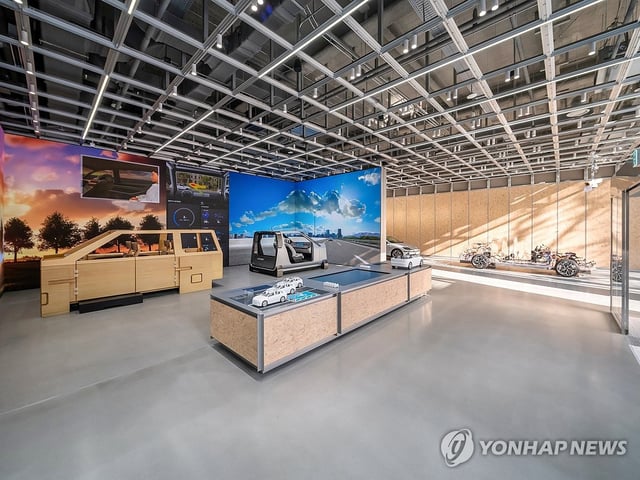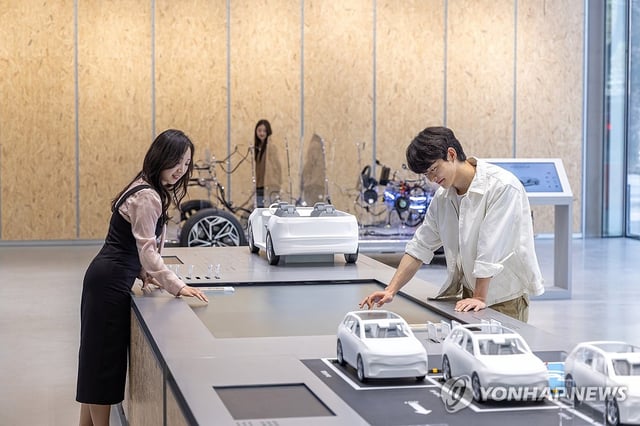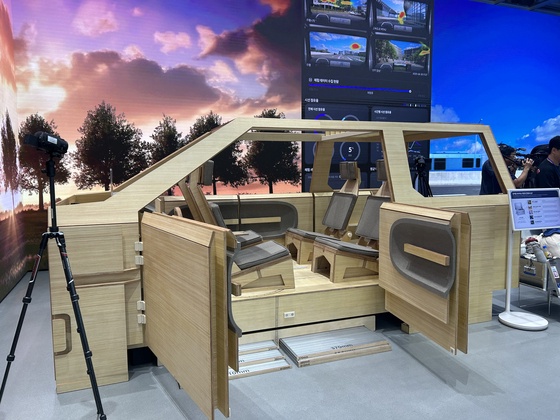Overview
- The two-story facility features a ground-floor Open Lab for public testing of prototypes and an upper-floor Advanced Research Lab for immersive UX development and simulations.
- Early visitor feedback prompted adjustments such as widening the seat gap from 300 millimeters to 375 millimeters and Hyundai records user comments via QR codes, handwritten notes and consented audio.
- The Advanced Research Lab’s Arc room uses monitoring systems to track behaviors such as eye blinks and attention to collect data for autonomous driving research.
- Hyundai plans to update the lab’s exhibits and prototypes every six months and is considering opening its Shanghai research hub to the public in 2026.
- Reflecting a broader trend toward software-defined vehicles, the open lab model accelerates consumer-driven iteration of seating, interface and autonomous features.


